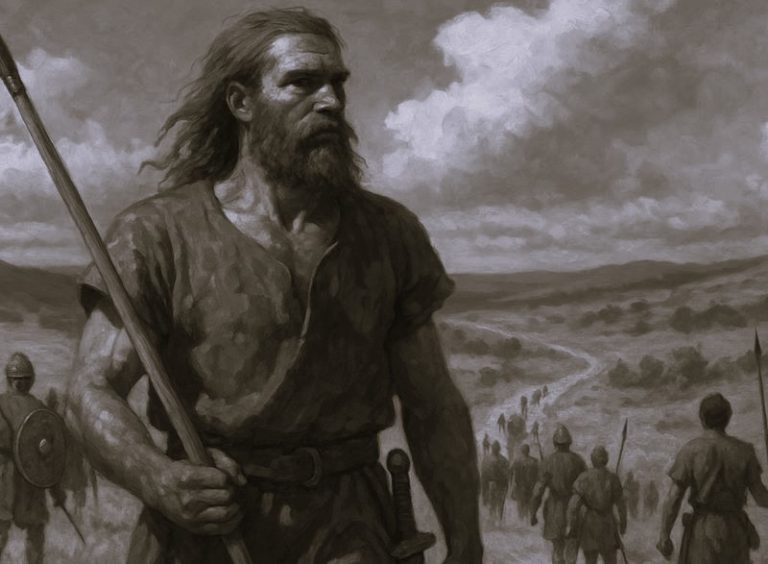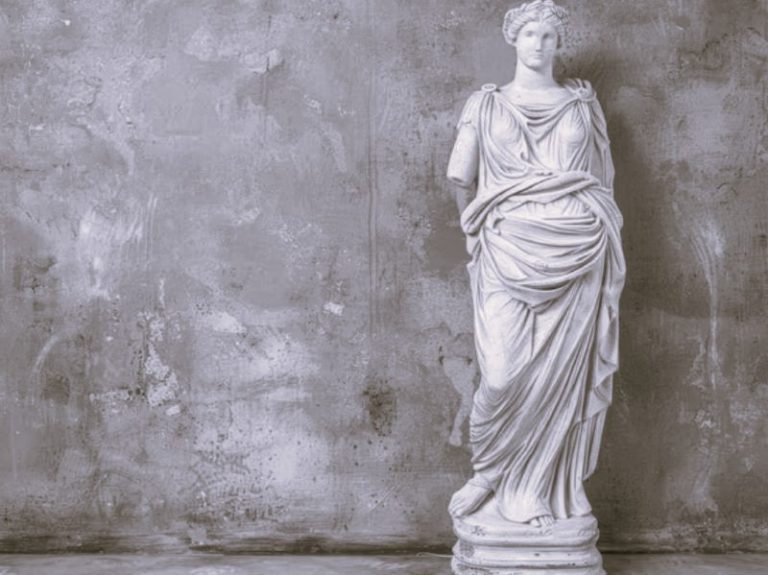
‘Cito, Longe, Tarde.’
Hippocrates and Galen are colossal figures in the history of medicine, renowned for their wise and innovative advice on medical matters. When it came to plague, they offered similar guidance, rendered in Latin as ‘Cito, Longe, Tarde,’ which translates as ‘Leave quickly, go far away and come back slowly.’ When the Black Death swept over much of Asia, Europe and parts of Africa in the mid-1300s, such advice was about as good as it got.
The International Effects of Black Death
Death and disease were familiar features of life in the Middle Ages, but previous epidemics were dwarfed by the arrival of the Black Death. It erupted out of central Asia to create a pandemic greater even than the Plague of Justinian 800 years earlier. Present in bubonic, pneumonic and septicaemic forms, the Black Death had killed millions by the time it finally declined. Europe may have lost a third of its people, China perhaps half. Besides death, the disease brought fear, panic and very often a complete breakdown of society.
How People Dealt with the plague: the Use of Religion
With no accurate knowledge about the disease and the way it was spread, what could be done in the face of such horror? While many followed Hippocratic advice and fled, others waited. Indeed, under Islamic doctrine, plague – being the will of God – was to be endured and fleeing was forbidden. Others, turning to religion for protection, formed themselves into wandering groups of penitents. They travelled from town to town, ritually flagellating themselves in public acts of repentance to a God who was clearly very angry. But violence could also be directed outwards. In mainland Europe outsiders and religious minorities – especially Jews – were subject to violent and vicious abuse.
A Public Health Response to the Black Death

Less disturbing, if equally useless, were the numerous plague ‘cures’. Strapping live chickens around plague buboes or drinking potions laced with mercury, arsenic or ground horn from the mythical unicorn did not help. Nor did carrying sweet-smelling flowers and herbs or ornate pomanders to purify the air. But amid the chaos, the pandemic prompted more useful responses – early public health measures to be expanded and then refined in the coming decades. For the Black Death should not be seen in isolation. It was the main event, a big bang. But it was also the herald for waves of lesser plague outbreaks that appeared regularly until well into the 1700s.
Turning Away Ships: Regulations to Control the Spread of Disease
When the Black Death spread through Italy in late 1347, some ports began turning away ships suspected of coming from infected areas. During March the following year, authorities in Venice became the first to formalise such protective actions against plague, closing the city’s waters to suspect vessels, and subjecting travellers and legitimate ships to 30 days’ isolation. This period was extended to 40 days some years later – hence the term quarantine. Further regulations established remote cemeteries for plague victims who in turn were collected, transported and buried in accordance with defined rules. But these measures were too little, too late. Plague took hold and Venetians died in their tens of thousands.
Further Controls to Stop the Spread of Disease

Other Italian cities tried similar measures. Further inland, in May 1348 the northern city of Pistoia introduced wide-ranging laws affecting many aspects of daily life. Restrictions on imports and exports, travel, market trading and funerals were all brought in, but again to no effect. At least 70% of the population died. But by contrast, another northern city, Milan, avoided a major outbreak. Whether this was due to control measures taken by city authorities, including sealing up three houses (with the occupants inside) after plague was discovered there, is debatable. The Milanese authorities could certainly be firm. From 1350 they decreed that all future plague victims and those nursing them would be isolated in a designated pesthouse built outside the city walls.
A Lack of Preparation for the Plague
And yet other communities did nothing, either in preparation as plague approached or in confronting it on arrival. Only slowly were the type of regulations set by Venice, Milan and other cities taken up elsewhere as plague returned time and time again. This took place very slowly in the case of Britain, which remained ill prepared for the Great Plague of 1665.
Bibliography
- J Aberth, The Black Death: The Great Mortality of 1348-1350 – A Brief History with Documents (New York: Palgrave Macmillan, 2005)
- C Cipolla, Public Health and the Medical Profession in the Renaissance (Cambridge: Cambridge University Press, 1976)
- R Horrox, The Black Death (Manchester Medieval Sources Series), (Manchester: Manchester University Press, 1994)
- D Porter, Health, Civilization and the State: A History of Public Health from Ancient to Modern Times (London: Routledge, 1999)
- P Ziegler, The Black Death (Stroud, Gloucestershire: Sutton Publishing, new edition, 2003)
Originally published by the UK Science Museum, republished for educational, non-commercial purposes.







